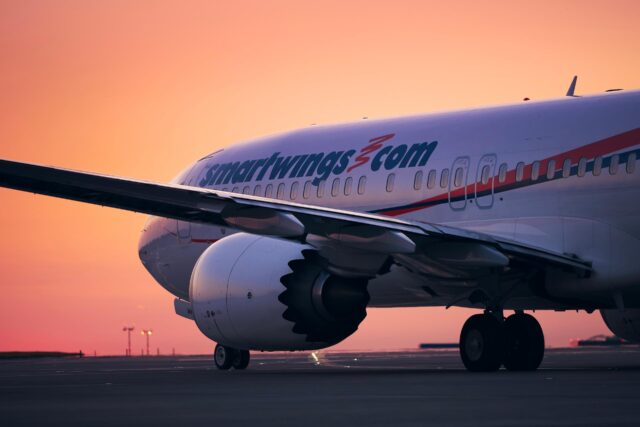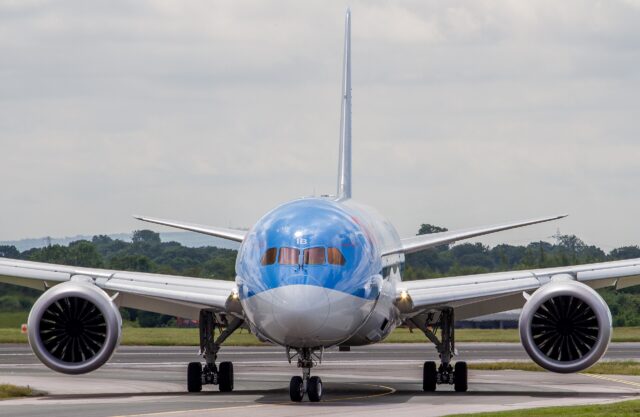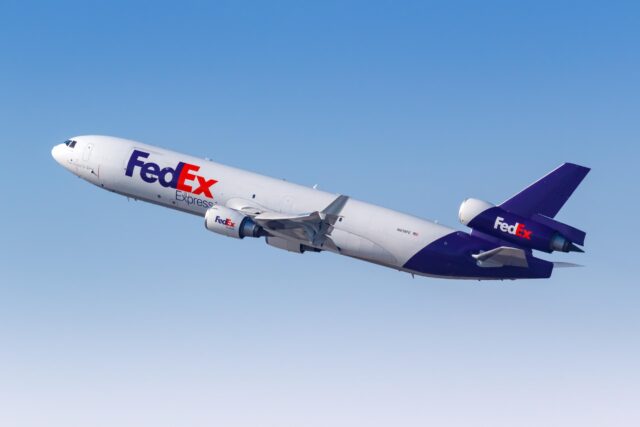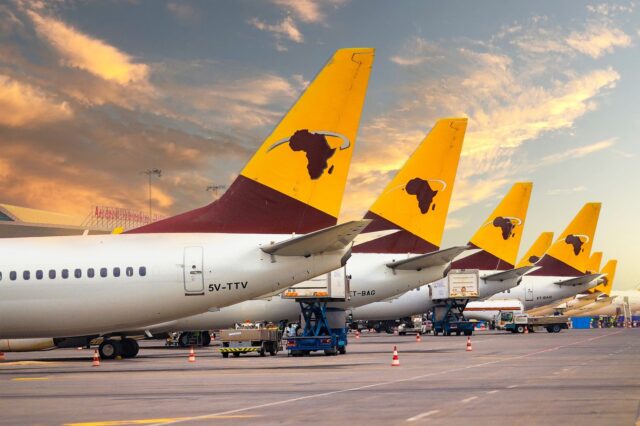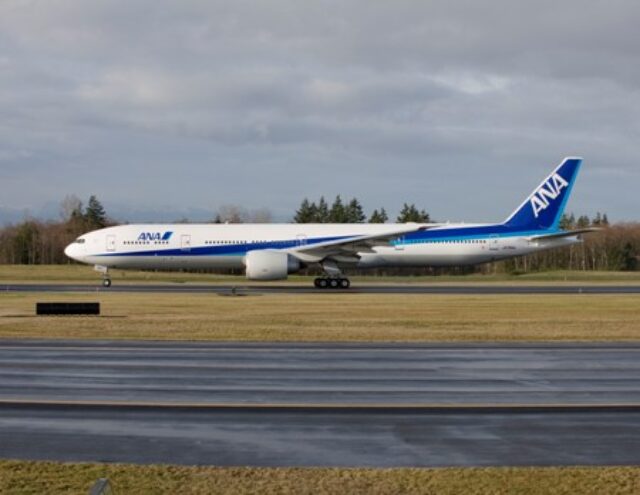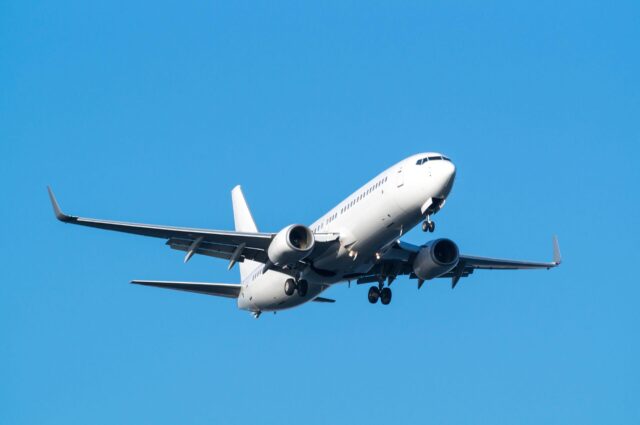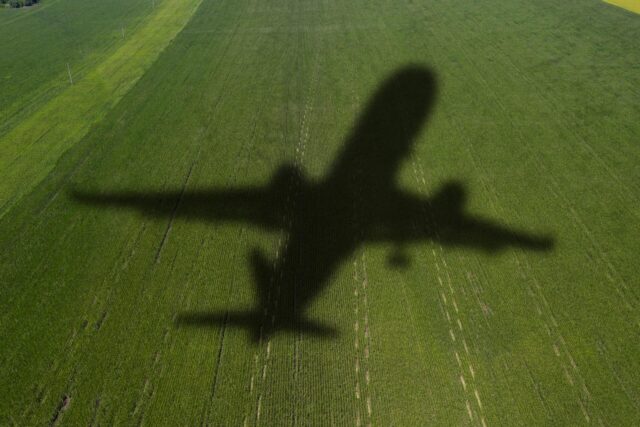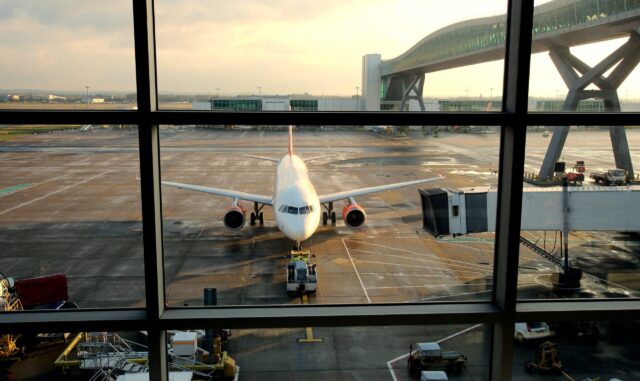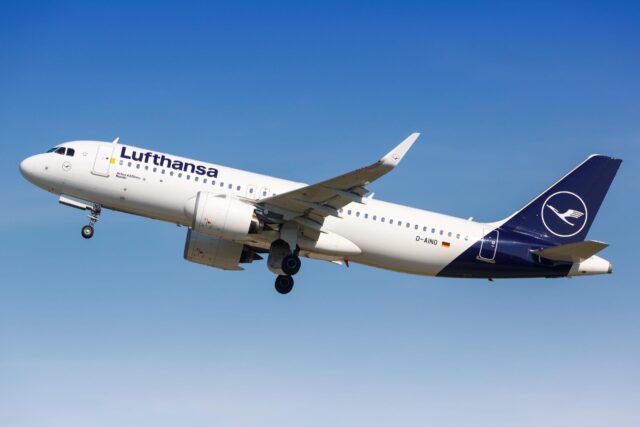The end of the A-10 Warthog: Will the US suffer without a CAS capable platform?

July 12, 2025

The end of the Fairchild Republic A-10 Warthog, officially the Thunderbolt II, has been slowly coming for years. A new proposal by the US Air Force may end the gradual process of retirement and have them all retire in Fiscal Year 2026.
Air Force requests to retire all remaining A-10 Warthogs
In the Air Force’s Fiscal Year 2026 budget request, the service is asking to retire all of its remaining 162 Warthogs and send them to the Davis-Monthan boneyard.
For years, the Air Force asked Washington for permission to phase out its A-10s, only to be rebuffed until the F-35A Lightning II was deemed to be in service in large enough numbers. Since then, Washington has allowed the Air Force to phase down its fleet of A-10 Thunderbolts.
The A-10 is not the only aircraft on the chopping block. The Air Force also wants to axe the acquisition of its E-7 Wedgetail AWACS aircraft. In all, it is asking to retire around 340 aircraft, which is around 7% of the non-training, non-UAV aircraft inventory.

In 2024, the Senate Armed Services Committee’s report requested the Air Force look into transferring some of the retiring A-10s to Jordan. The Air Force was to report back to the Senate no later than February 2025. It is unclear what became of the proposal.
Is the F-35 a suitable replacement for the A-10 Warthog?
While the F-35A is designed to be able to perform Close Air Support (CAS) missions, it is a far cry from the A-10. The A-10 aircraft was designed around its 30mm GAU-8/A Avenger autocannon, carrying 1,174 rounds.

By contrast, the F-35A’s 25mm GAU-22/A autocannon couldn’t even shoot straight until 2024, and it only carries 180 much smaller rounds. The F-35B and F-35C variants don’t even come with an internal gun, although they can be fitted with an external GPU-9/A gun pod mounted on the centerline.
Kris Osborn, President of Warrior Maven, said in 19fortyfive, “An F-35 is almost certainly more vulnerable to all kinds of ground fire than an A-10,” but argues that the sensor range and advanced computing of the F-35 means it may be able to perform a CAS role without ever getting close to ground fire.

Many may say the F-35A is no replacement for the A-10. In a sense, that’s fair. But the counter is that the argument is redundant because the Close Air Support role with autocannons is already obsolete.
Ironically, the A-10 was not initially designed for the Close Air Support role; it was designed to take on Soviet armor and formations before battle was joined. It happened that this also made it excellent for CAS missions, at least in the absence of air defense.
In 2024, a further 39 Warthogs were sent to the boneyard. Out of the total of 716 Warthogs built, 162 remain in the Air Force inventory. It had been assumed the Air Force would be able to continue retiring them in batches, meaning the type would remain in service until 2028 or 2029.
As well as the F-35, President Trump announced in April that Selfridge National Guard Base will be receiving 21 F-15EX multirole fighters to replace their A-10 Warthogs.
Planning for a very different war
While the A-10 may be useful in a counterinsurgency role, it is a deathtrap in contested skies. Its ruggedness and titanium ‘bath tub’ will not save it on the modern battlefield.
That doesn’t mean there aren’t permissive conflicts where the Warthog remains useful. Just months ago, in December 2024, Wathogs were filmed shooting their GAU-8/A Avenger autocannon at militant targets in Syria. But that was a very permissive environment.
U.S. Air Force A-10 Warthog spotted over northeast Syria. pic.twitter.com/KnYJzkiS0R
— Igor Sushko (@igorsushko) December 3, 2024
Critics say the Air Force and Washington focused too much on the Global War on Terrorism in the 2000s, which led to cancellations of projects including the F-22 Raptor. The same critics may say too much focus is now on competing with China.
The A-10 and the upcoming Boeing F-47 couldn’t be more different. While the A-10 was designed to get down and dirty in the thick of it, the F-47 is intended to never be seen and to engage its targets far beyond visual range.
Freeing funds for other projects
The US Air Force desperately needs to free up funds. Many of its aircraft, like the A-10s, training variant, F-22 Block 20s, older F-15s, and other aircraft, have little relevance in a peer-on-peer war with an opponent like China.
The service is increasingly seeing these older platforms as draining its limited funds. The Air Force is struggling to fund next-generation programs like the 6th-gen F-47 fighter jet, the B-21 Raider strategic bomber, and the LGM-35 Sentinel ICBM. It just doesn’t have the funds to upkeep old aircraft and fund new next-generation aircraft.

The newly passed One Big, Beautiful Bill includes $150 billion in additional defence funds. Of this, the Air Force is expecting to receive up to $25 in extra funding. This has been allocated across a broad range of Air Force programs, but not the A-10.
Extra funds have been allocated to the Air Force’s ongoing B-21, F-47, and F-15EX programs. It also provides $361 million and $127 million to stop the F-22 Block 20 and F-15E fighter jets from retiring, respectively. While this helps the Air Force’s funding gaps, it is only part of the funding the Air Force needs.
According to the 2022 Government Accountability Office (GAO) report, the total operational costs of the A-10 per flying hour amounted to $22,531 in 2020. That was up 4.5% from 2019. This is much higher than the $6,000 per flight hour sometimes cited online for the Thunderbolt.

Meanwhile, the costs per flight hour were $26,927 for the F-16 Fighting Falcon, $30,404 for the F/A-18E/F Super Hornet, and $39,029 for the AV-8B Harrier II jump jet. Incidentally, the final Marine Harriers are also poised to be retired in the next year.
The A-10 may be one of the least expensive aircraft in the US Air Force inventory, but it is still not cheap to operate. The question is also somewhat redundant, as it doesn’t offer the capabilities the Air Force believes it needs.
Freeing up pilots
Additionally, like other air forces, the Air Force is short on pilots. While retiring the Warthogs would theoretically free up around 240 pilots for other aircraft (and around 1,000 maintainers), it is not so simple.
The Air Force simply doesn’t have the slack capacity in its training pipeline to recertify all these pilots for other aircraft all at once.
Mike “Pako” Benitez, former F-15 Strike Eagle WSO, noted on former F-14 Tomcat fighter pilot Ward Carroll’s YouTube channel, “There is no capacity in any of the school houses to take these 240 pilots in one year and put them through that conversion training.”
Paradoxically, this could make the Air Force’s pilot shortage worse as many of these pilots could end up leaving the Air Force.
Finally, it should be noted that the decision to retire the A-10s was made years ago. All that is happening now is that their final exit date is being brought forward two or three years.
In the near term, they are also not going to be scrapped. They will be stored at the boneyard, leaving open the option of reactivating them should the need arise.
